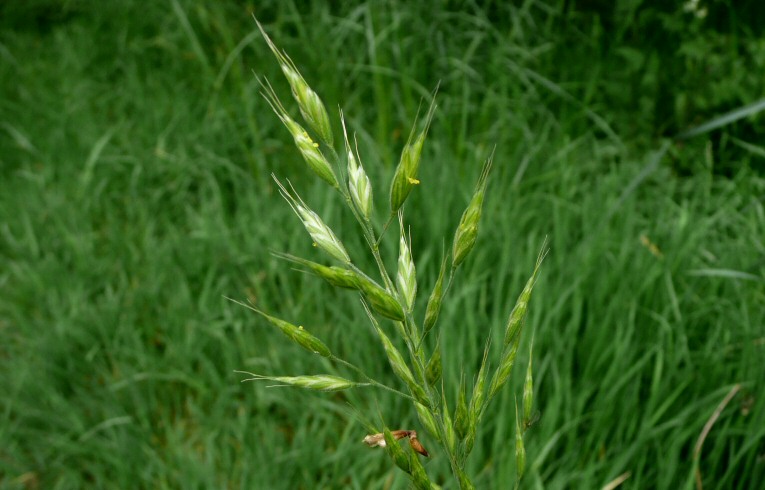
Farmers and agronomists are being asked to complete an online survey to help map the distribution of brome weeds across UK arable farms.
The results, alongside experimental data, will be used to map population changes and establish the implications for weed management.
The survey, which is part of a four-year project led by ADAS, wants to see if brome populations have increased and if herbicide susceptibility could have altered.
Laura Davies, ADAS weed researcher, said: “You have to look back to 1989 for the last major survey of brome and information from Northern Ireland wasn’t captured at that time, so a UK survey is long overdue.
“It’s likely that brome populations have increased and herbicide susceptibility could have altered too, which isn’t surprising as brome weeds have been earmarked as being at high risk of developing resistance.”
'More of a problem'
Herbicide resistance in worldwide brome populations has been detected, most notably in sterile brome from France and Germany.
Although tests on UK brome populations show none is herbicide resistant, results show that some populations have decreased susceptibility to some herbicides.
Laura Davies said: “We’re getting many reports from the field about brome becoming more of a problem.
“The results from this research will show us how populations have changed and how much of the change is due management decisions that favour the different brome species, such as reduced tillage, or emerging herbicide resistance problems.”
Five species
There are five species of brome grass which grow as arable weeds in the UK.
These belong to two different groups – Anisantha species (barren and great brome) and Bromus species (meadow, soft and rye brome).
Brome species are becoming notoriously difficult to identify.
Information from the research will be used, in consultation with the Weed Resistance Action Group, to develop an integrated weed management system for bromes.
